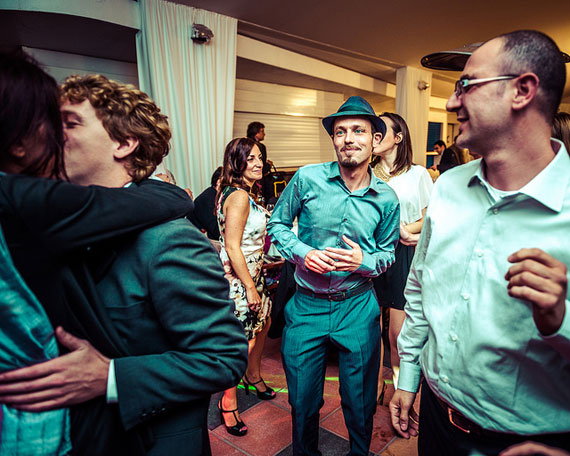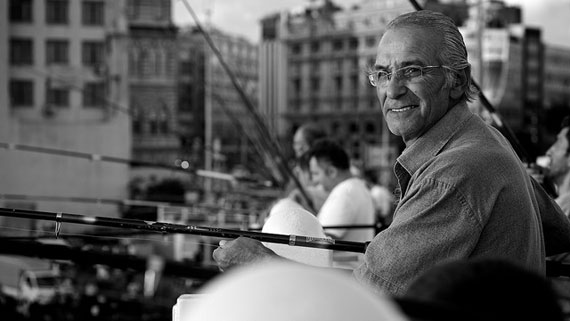A good photograph is not just a physical photo, but someone’s story, memory, or even life. When we take photos, we tend to preserve the most important events and people in our lives. The ceremonies of birth and birthdays, marriages and anniversaries, holidays, travels, and new houses are all recorded because they matter to us.

Photo by Alessandro Baffa; ISO 400, f/2.8, 1/100-second exposure.
Photographs are our personal story, a timeline of our lives filled with faces and places that we love and cherish. They are our story, our history. They allow us to express our feelings, share our thoughts, and to express the complex situations around us.
In short, photographs have the power to move us. And when you are taking those photographs, there are a few key points you should remember.
Make Your Photographs
“You don’t take a photograph, you make it.” – Ansel Adams
Yes, it’s so true. Taking a good photo is as much an art as painting. You need to really study the subject and environment around you, alter your perspectives, and try and focus on the subject while also looking at the big picture.
Tell a Story
“A picture is a secret about a secret; the more it tells you, the less you know.” – Diane Arbus
Any subject you capture — living or non-living — has a lot of emotions attached to it. Much of these emotions are not seen; they are hidden within those subjects. A good photograph tells a story that we don’t know or didn’t see when we actually saw it. That is what you should aim to capture.

Photo by Thomas Leuthard; ISO 200, f/2.8, 1/500-second exposure.
Break the Rules
There is no single way to take a good photograph. Whether it’s a rule of composition, or any other rule you learned in your photography class, break it! Rules are, of course, a good learning tool and produce aesthetically good photos, but you don’t need to restrict yourself to them at all times.

Photo by Tambako The Jaguar; ISO 400, f/8.0, 1/320-second exposure.
Experiment
Yes, experiment with your subject, experiment with light, experiment with focus, shutter speed, zooming, framing, posing, etc. There is a lot more you can try with your subject than just making them stand in front of you and taking photos.

Photo by Mark Kaletka; ISO 6400, f/5.7, 1/99-second exposure.
Understand Photography’s Technical Aspects
Exposure, aperture, ISO, shutter speed, metering, depth of field, and white balance take your photos to the next level. You’ll get better at taking photos as you learn and master these technicalities.
Don’t Overlook Post-Processing
Post-processing is an unavoidable step in today’s digital world. It’s basically altering and enhancing your photos to make them look better. Some may say it amounts to cheating, but in some scenarios, it’s an important step. You need to draw a line on where to stop post-processing, and that decision mostly comes from the ethics and values you carry. In today’s world, post-processing is considered a digital darkroom, and it’s definitely fun to edit using tools such as Photoshop, Lightroom, etc.

Photo by greg westfall; ISO 400, f/8.0, 1/200-second exposure.
Every time you pick up the camera, you’re creating something to be remembered. Keeping these points in mind will make your photos more powerful.
About the Author:
This article was written by Sunil Gopal (914videos). “There are many reasons why one gets into photography, for many its a way of living and for some its purely a passion. Whatever may be the reason for getting into photography, taking a good photo always makes you happy.”
Go to full article: Photography Basics: How to Take Good Photos
What are your thoughts on this article? Join the discussion on Facebook
PictureCorrect subscribers can also learn more today with our #1 bestseller: The Photography Tutorial eBook
The post Photography Basics: How to Take Good Photos appeared first on PictureCorrect.